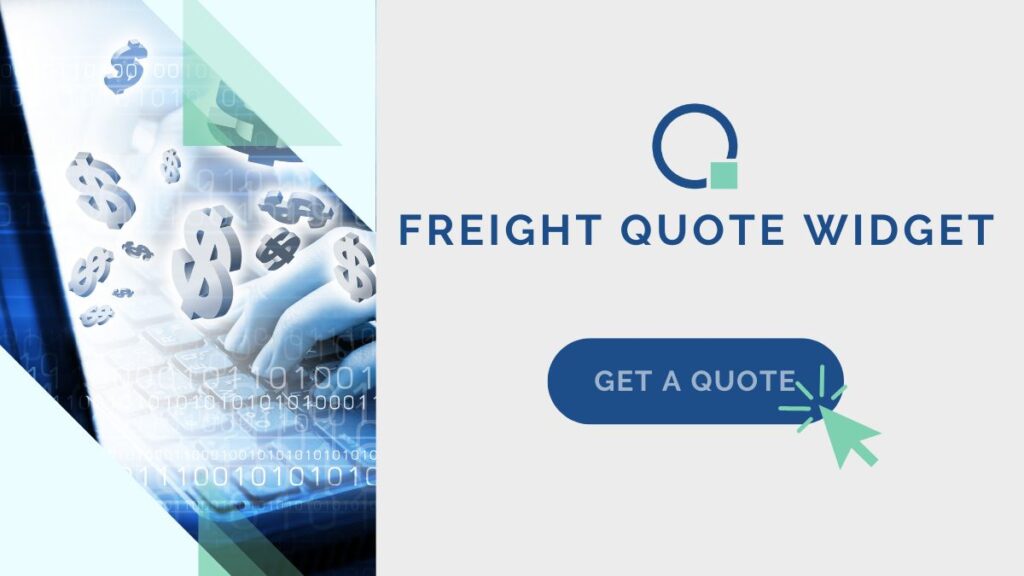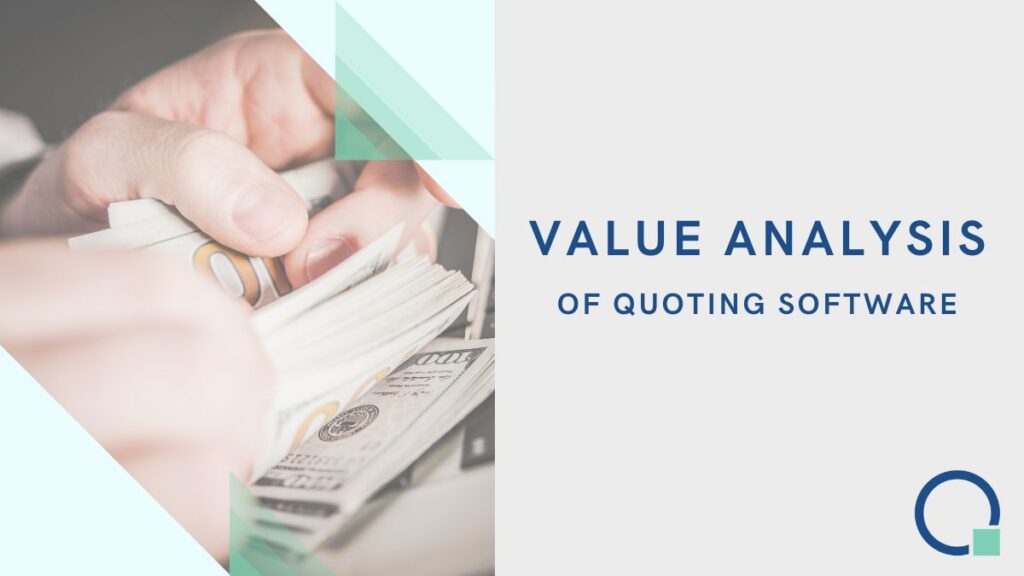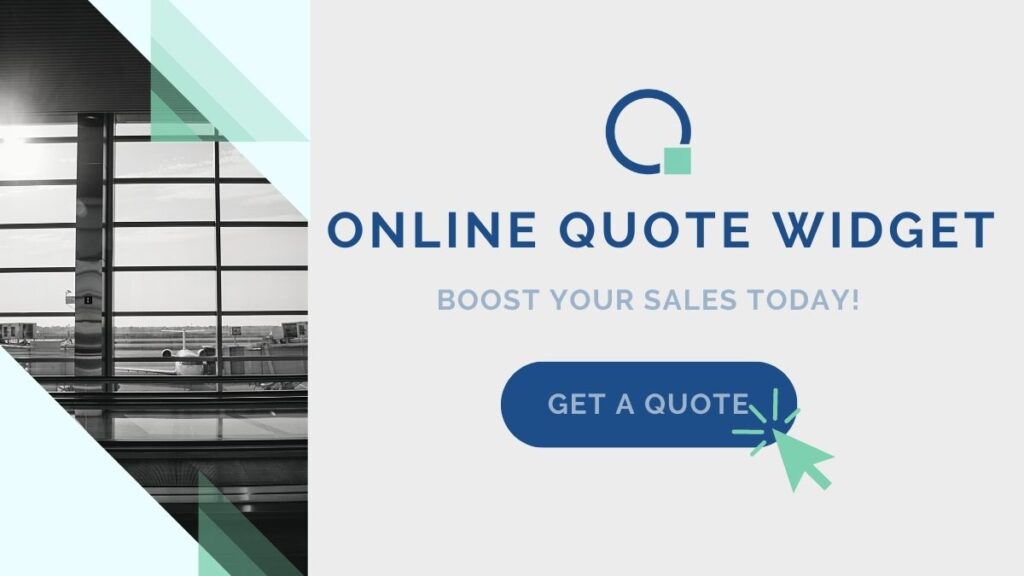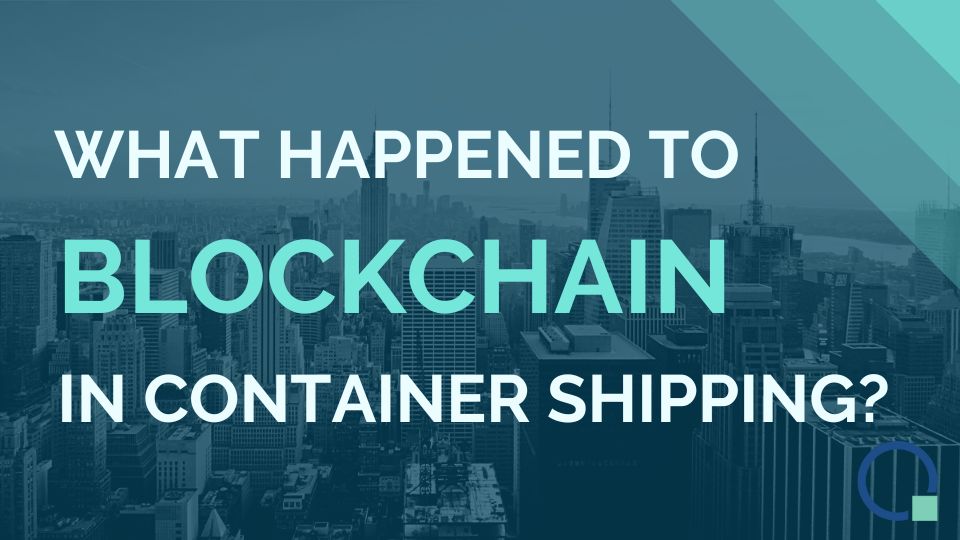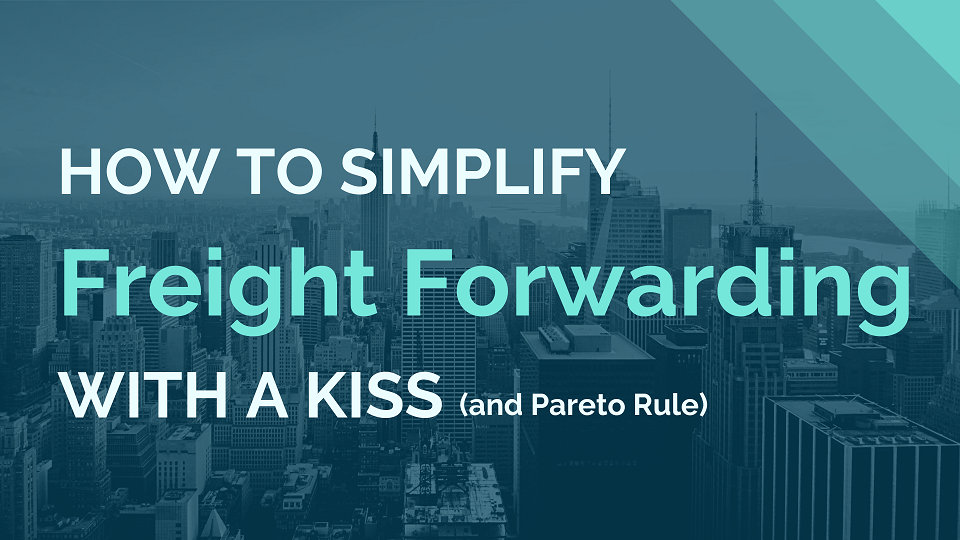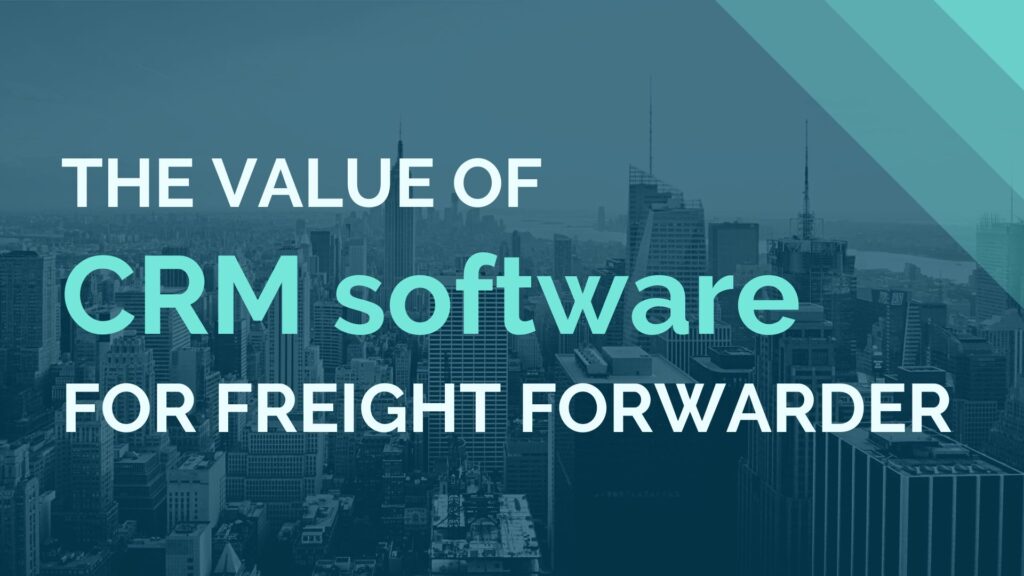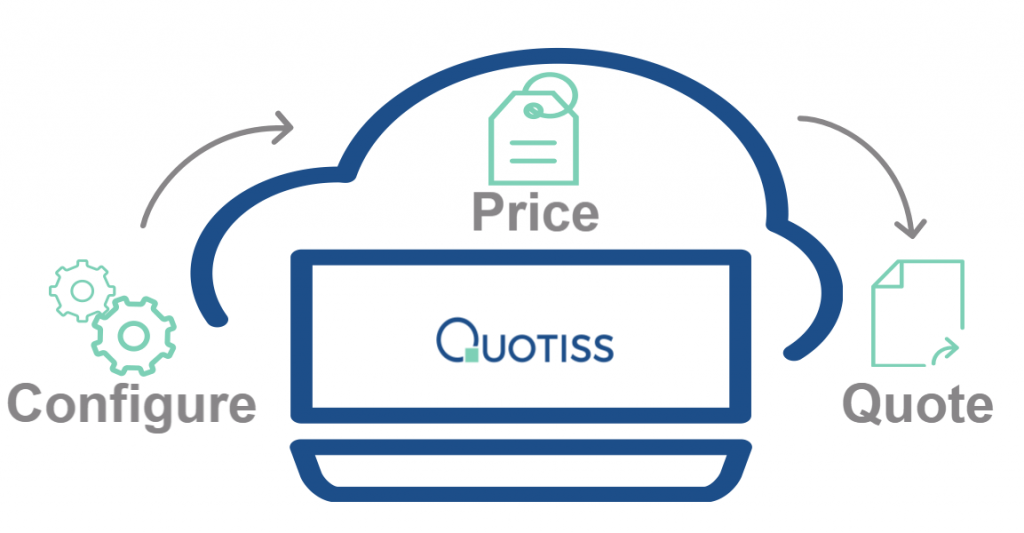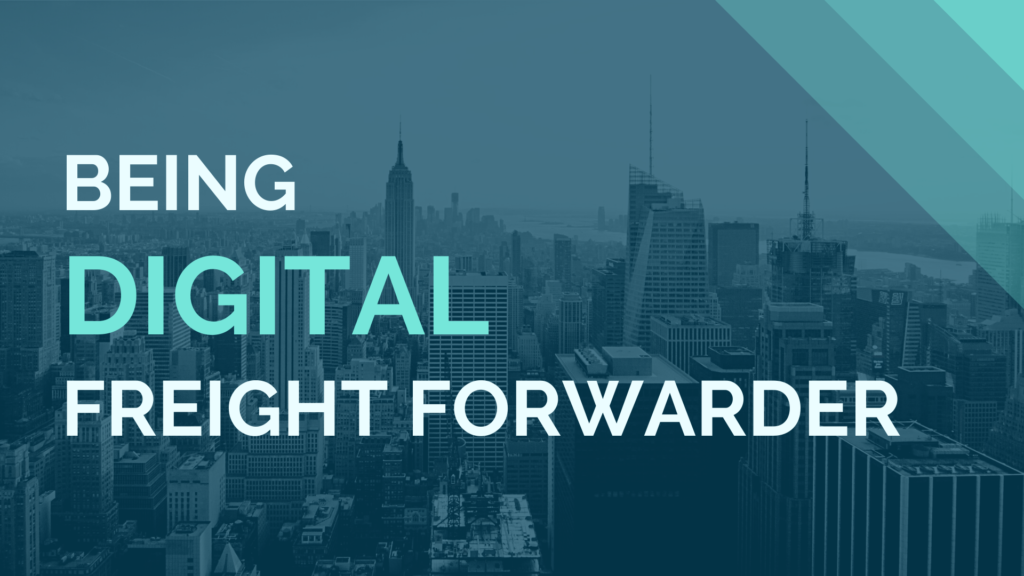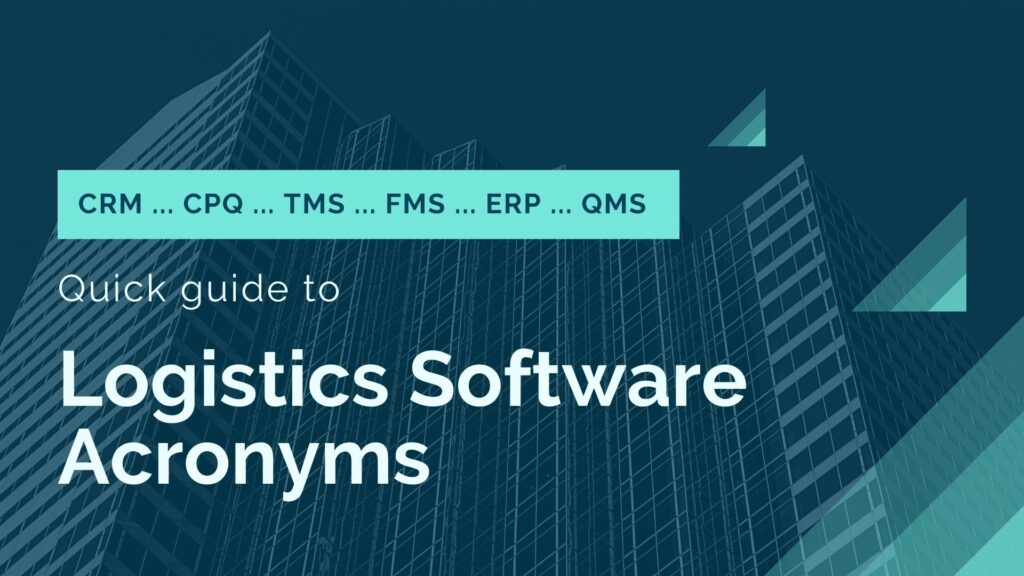10 Reasons to Add a Freight Quote Widget to Your Website
In today’s dynamic forwarding business landscape, staying ahead of the competition requires a strategic approach to innovation. Leveraging cutting-edge tools can be the key to success, and one such tool could be the Freight Quote Widget by Quotiss. This simple yet powerful addition to your website can bring lots of benefits that not only increase your sales results but also elevate the customer experience. In this article, we’ll dive into the ten reasons why integrating a Quotiss’ Freight Quote Widget into your website is a strategic move that can propel your forwarding business to new heights.
1. Increase Sales with Instant Quoting
The primary goal of any business is growth, and our Quote Widget can significantly contribute to achieving this objective. By offering instant quoting capabilities on your website, you’re enabling potential customers to take immediate action. This quick and convenient process can lead to a higher conversion rate, ultimately boosting your sales figures.
2. Respond Faster for Customer Satisfaction
In the competitive world of logistics, speed is crucial. With a Quote Widget, swift responses to customer inquiries are automated. No more waiting for manual calculations – the widget automates the process, responds promptly, and enhances customer satisfaction.
3. Provide Exceptional Support 24/7
Exceptional customer support is a hallmark of successful businesses. By incorporating a Quotiss Widget, you empower your customers to access accurate quotes at any time. This self-service approach gives customers the information they need at their convenience.
4. Save Time for the Sales Team
Time is a valuable resource, and the Quote Widget is a time-saver. Instead of manual back-and-forths for quoting, the widget generates instant quotes and collects online leads, freeing up valuable time for your team to focus on other critical tasks.
5. High ROI / Low Cost for Business Growth
Investing in technology often comes with cost concerns, but the ROI of the Widget can be significant. The automation it brings reduces manual effort, allowing your team to handle more tasks efficiently. The cost pales in comparison to the long-term benefits, which can contribute to improved revenue and online lead traffic.
6. Increase Customer Loyalty with Simplicity
Customers value simplicity and efficiency. A user-friendly Quote Widget that provides accurate freight quotes delivers a positive experience and leads to increased customer loyalty, contributing to a higher customer retention rate.
7. Seamless Omni-channel Integration
In the digital age, customers interact with businesses through various channels. A Freight Quote Widget by Quotiss can seamlessly integrate across platforms, providing a consistent quoting experience whether customers are on your website, social media, or other online touchpoints. This integration can enhance your website’s overall authority.
8. Scale Your Sales Operations
Digital Automation has revolutionized logistics, and a Freight Quote Widget can harness its power. All incoming online leads are automatically recorded while the algorithms can fine-tune quotes based on customer margins, ensuring the accuracy and competitiveness of the rates. As your business scales, automated online lead generation and online quotes can scale to changing demands, providing a better user experience and positively influencing the bottom line.
9. Enhance the Brand with Professionalism
A professional and intuitive website speaks volumes about your brand. By embedding a Freight Quote Widget, you’re enhancing your brand’s digital presence. The widget’s customization options can ensure it aligns seamlessly with your website’s aesthetics and overall branding, which can lead to better user engagement and improved lead flow.
10. Gain a Competitive Edge
In a competitive market, differentiation is key. A Freight Quote Widget sets you apart by offering a modern, efficient, and customer-centric approach to quoting. It showcases your commitment to staying ahead of industry trends and meeting customer needs, which can reflect positively in search engine algorithms, ultimately improving your SEO performance.
Frequently Asked Questions (FAQ)
Q1: What is a Quotiss Freight Quote Widget?
A Freight Quote Widget is a tool integrated into a forwarding company’s website that allows their customers to receive instant and accurate freight quotes online. It automates the quoting process, providing a user-friendly and efficient experience. It also collects leads from online visitors who are not registered yet and sends this info directly to the system.
Q2: How can a Quotiss Freight Quote Widget boost sales?
By offering instant quotes on your website, potential customers are more likely to convert as they can take immediate action. This can lead to a higher conversion rate and increased sales.
Q3: How does a Quotiss Freight Quote Widget save time?
Instead of attending multiple incoming quote requests, the sales team can redirect clients to the widget where they can generate instant quotes, saving valuable time for your sales team. This time-saving aspect can improve operational efficiency and overall customer satisfaction.
Q4: Can a Quotiss Freight Quote Widget enhance brand identity?
Yes, the professional and seamless integration of the widget aligns with your brand’s aesthetics and professionalism. It contributes to a positive user experience, enhancing your brand’s digital presence and authority.
Do you want to know more about the Quote Widget? Please register for a free trial via this link or contact us directly to schedule a demo of the widget.

